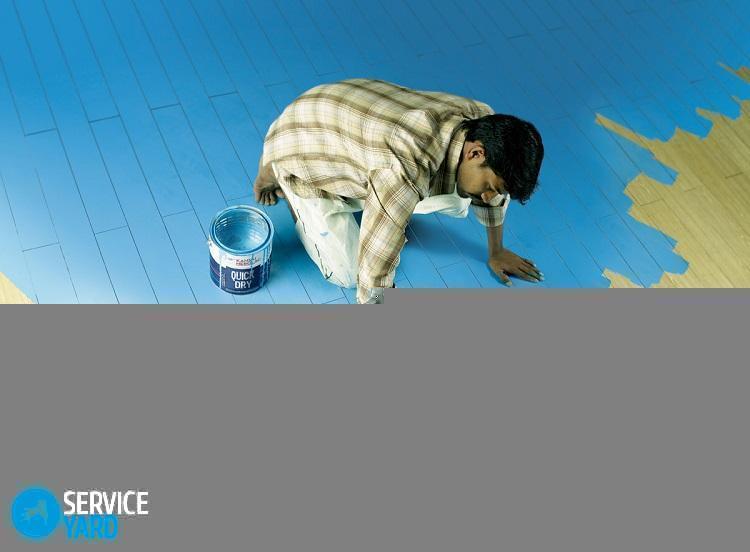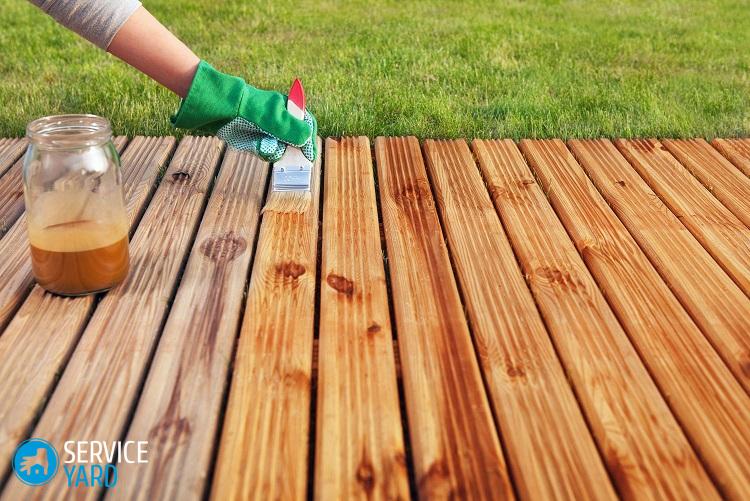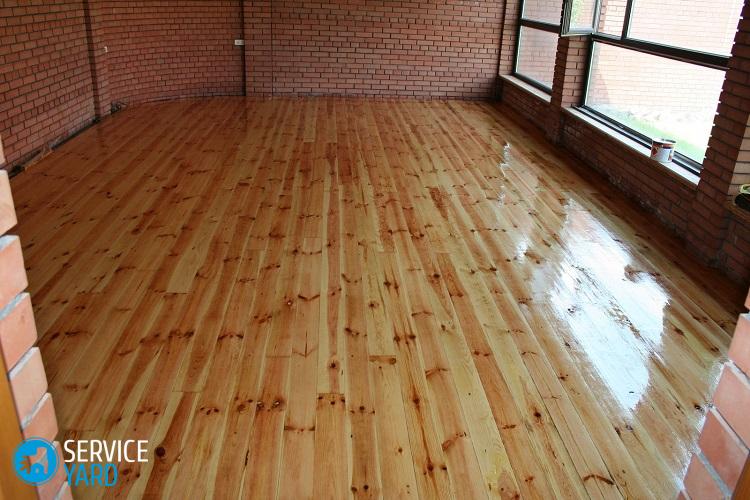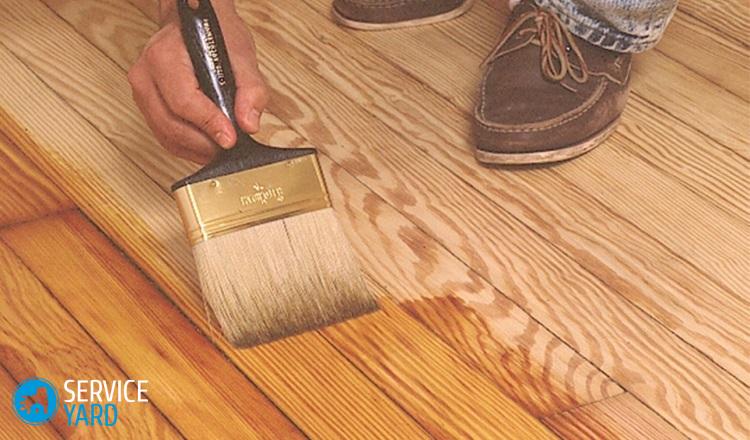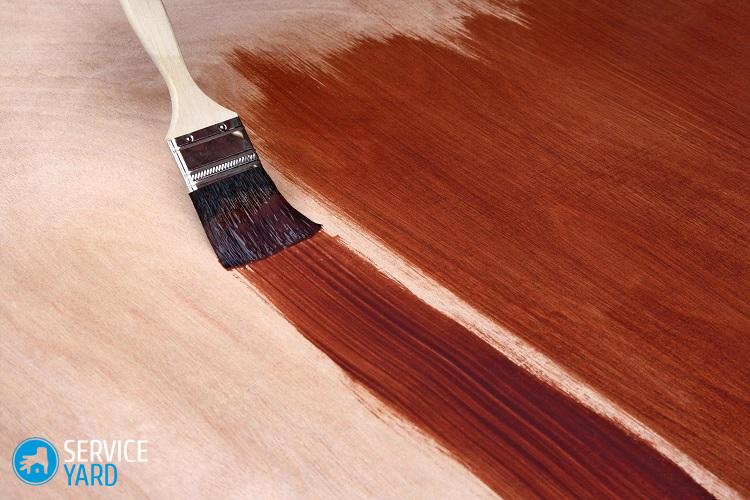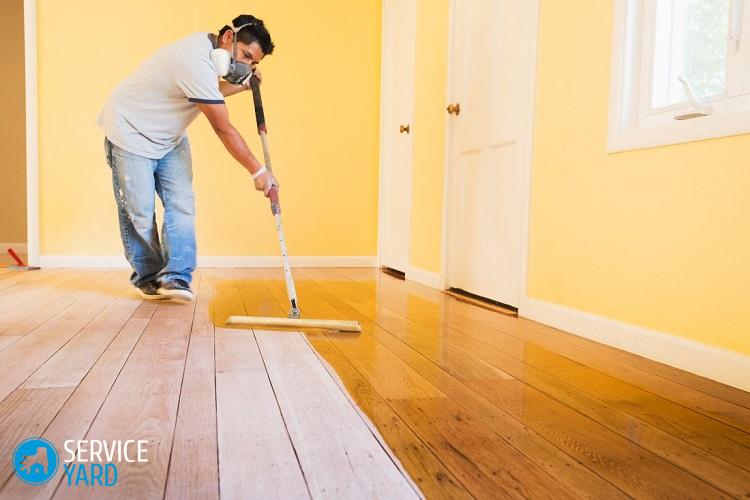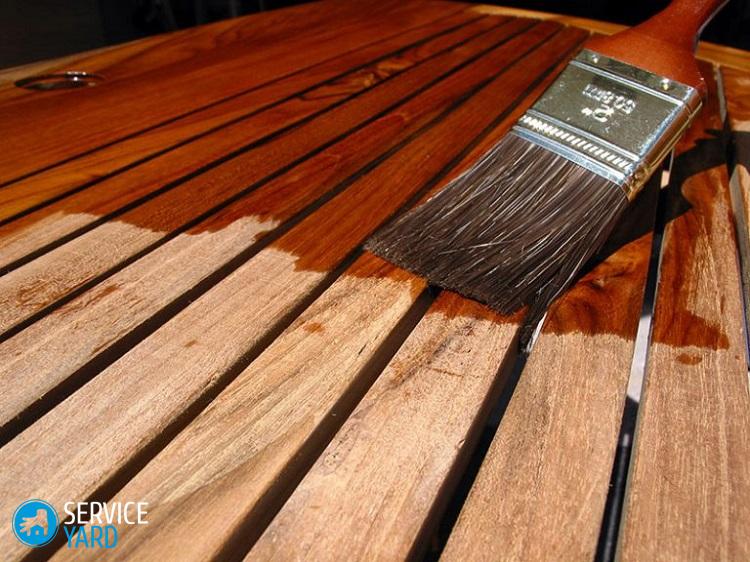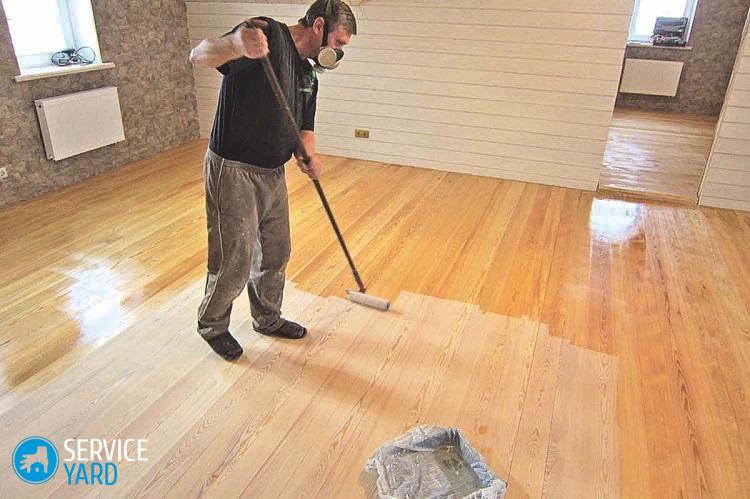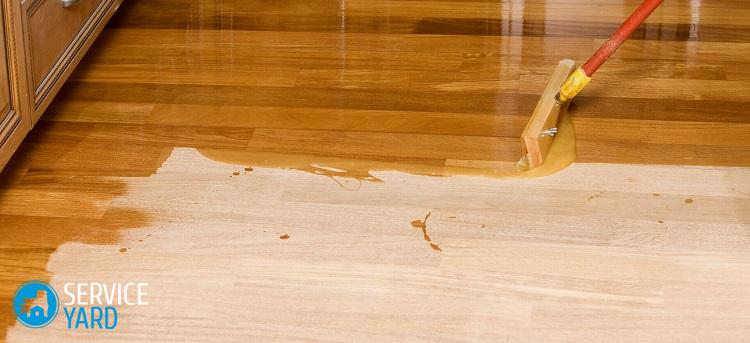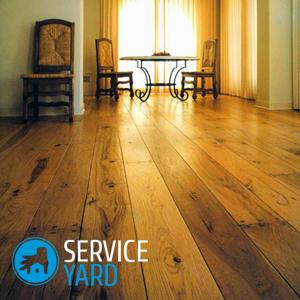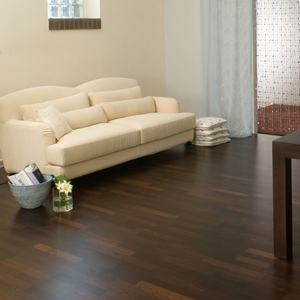Floor paint

Many people think that the paint for the floorboard is chosen very easily, as, in principle, the painting process itself takes place. This is an erroneous approach. Painting the floor is a very responsible matter. It is necessary to choose the right paint composition, prepare the tools. The surface also requires careful preparation. All these issues will be covered in this article.
to contents ↑What tools will be required?
The first stage of painting a floor in a wooden house is the acquisition of tools. You will need:
- Paint brushes of different sizes.
- Roller.
- Putty knife.
- Tray for paint.
- Masking tape.
- Chisel.
In essence, brushes and roller are the main tools. The rest play a supporting role:
- Most of the work is recommended to be done with a roller, as the process will speed up significantly. The paint applied by a roller lays evenly, unlike a brush. If you use only a brush, the coating does not fit evenly; in the adjacent areas, differences in the application of paint are visible.
Important! It is recommended to use a short-nap roller, because the surface is long from long hairs.
A set of paint brushes will not be superfluous. Brushes are used to stain areas that cannot be processed with a roller. Best for coloring floors are flute (flat) brushes of various widths. They are useful for painting places at baseboards or in corners.
- The chisel is useful for removing bumps in the wooden floor, in particular knots.
- Putty is putty on the cracks with a spatula. The more thoroughly the preparatory work will be carried out, the better the result will be.
- A paint tray is usually purchased with a roller and brushes. It is convenient to apply for a set of paint. Using the tray, you can not only collect the coloring composition, but also remove excess from the roller.
- Masking tape helps protect areas that should not be coated with paint from staining. The tape leaves no residue and is well removed at the end of work.
to contents ↑Important! Before painting any wood materials on the floor, a number of preparatory work is necessary. Perhaps you will come in handy at this stage with our instructions outlined in the following articles:
Paint selection
The quality and long-lasting coating will depend on how high-quality dye you choose. Construction materials stores offer a large selection of varnishes and paints for painting wood floors.
Criterias of choice
The main requirement for paints is resistance to mechanical and chemical effects. People and animals walk on the floor, sometimes you have to move furniture. Therefore, you need to paint in the most thorough way. The situation is complicated by the fact that small particles of dirt, grains of sand, small pebbles, as well as chemicals (for example, a means for melting snow in the winter) can get on the floor surface.
Important! If the coating turns out to be insufficiently wear-resistant, then over time scuffs will appear on the surface, it will lose attractiveness. Have to perform all the work again.
When choosing how to paint the floor, you need to pay attention to 2 main points:
- The use of one or another composition depends on the variety of floor boards, operating conditions, type and intensity of loads. In addition, it is important that the paint matches the old coating.
- All banks must be from the same batch. It is better to make a purchase with a small margin, as additionally purchased paint may vary in color.
All coatings are divided into 2 groups - transparent and opaque:
- The transparent coating leaves visible the natural texture of the wood, while protecting the board from external influences.
- Opaque compositions completely cover the floor.
Transparent coatings
In addition to varnishes, transparent coatings include oils and wax-based mastics. It is advisable to apply them if the wood has a natural beautiful color and texture. To hide this splendor under a dye layer is simply a pity.
If the floor is varnished, it turns out a glossy surface that will last about 3 years. There are several types of varnish:
- Primer Designed to create a base coat for the finish layer. This is necessary if you need to create reliable protection for the boards, tint the wood and ensure good adhesion of the finish varnish to the base.
- Lessing compositions. They are applied in order to protect the wood from moisture and make the tree unattractive to microorganisms. In addition, the glaze composition increases the resistance of the tree to temperature changes.
- Acid cured varnishes. When using them, the flooring acquires a beautiful natural look. These compounds have a light clarifying effect.
How to paint the wooden floor in the house?
- For plank floors, you can use anhydrous varnish based on polyurethane, which is used for rooms with a high degree of patency and the risk of exposure to chemicals. These varnishes are characterized by low flammability and almost complete lack of smell.
- Urethane alkyd or alkyd varnishes look good, which make the natural wood texture more pronounced.
- For the manufacture of impregnating oils, natural oils with the addition of synthetic components are used. Oil penetrates the pores of wood, making it more resistant to external influences.
- Floor wax is used as a finish. Waxed floors acquire a beautiful, natural, noble shine.
Important! Oil and wax are also used for parquet care.
Paint for a wooden floor inside the house
The most common solution for wooden floors is an opaque paint, enamel or on organic solvents.
Organic dyes are of the following types:
- Water dispersible.
- Acrylic
- Latex.
From this category, the water-dispersion option is optimal for the floor. Such a dye is perfectly applied to the surface, has excellent vapor permeability, protects the floor from external influences. The color palette is the richest - in total there are more than 2 thousand shades.
Important! If the composition is high-quality and the manufacturer is not “no name”, then the floor painted with paint will last about 10 years.
Enamel paints are of the following types:
- Oily.
- Nitrocellulose.
- Penaphthalic.
- Alkyd.
After applying the enamel, it forms a waterproof film on the surface, which tolerates temperature jumps well. Matte and glossy options are available. As in the case of organic paints, there are a lot of shades of enamels, you can choose almost any.
to contents ↑Important! Before applying a decorative coating, be sure to carefully remove the previous one. A quick step-by-step instruction will help you cope with this task. how to clean the floor of paint.
Application Features
You can apply paint on a wooden surface in the following ways:
- With preliminary application of drying oil and primer. After the base has dried, apply several layers of paint. The surface is very beautiful provided that the flooring has no visible damage.
- With preliminary elimination of surface defects. All visible cracks and cracks are covered with putty, and then sanded.
The choice of one of the above methods depends on what tool you are using and on the initial state of the sexes.
to contents ↑Important! If you do not plan to stop only on the restoration of the floor, and will continue to repair, do not forget to protect the new decorative coating from damage. And keep yourself a selection of ways to complete quickly clean the floor after repair.
Stock footage
In this article, we examined the basic nuances regarding which paint to choose for the floorboard. We hope that now this issue does not present a big problem for you and you have already passed directly to the completion of the repair.



